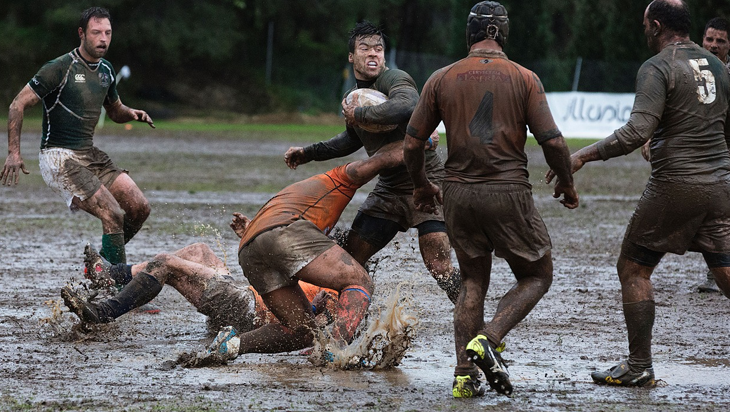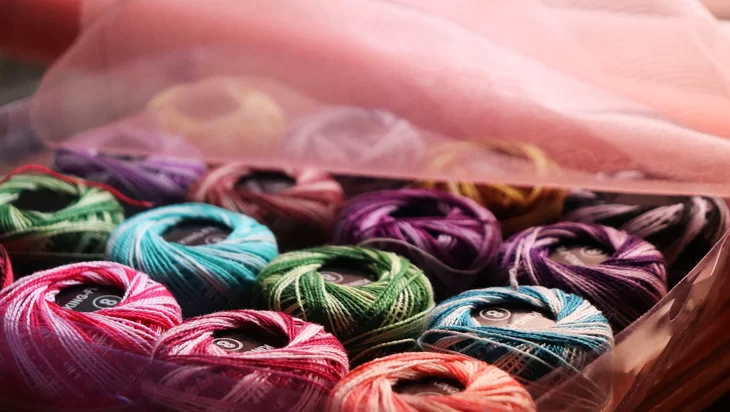
The Best Way to Care for Your Sports Kit
Football and Rugby are all fun and games until it comes time to clean the kit. Mud, blood and grass stains are a regular occurrence, so it is important to know how to clean your kit thoroughly without damaging the fabric. Further care is needed if you have a custom sports kit, personalised with print or embroidery as certain washes can damage the thread and ink. This guide will give you top tips on how to properly care for your sports kit, no matter what it has been through.
Get Familiar with the Fabric
Typically, sportswear is made of polyester, whether that be a polycotton mix, recycled polyester or a polyester/Lycra blend. Whatever the makeup of the garment, polyester is designed to be durable and withstand the rough treatment that playing sports brings.
Pre-Soak
A pre-soak is important for a particularly dirty sports kit. Fill up a bucket, bathtub or sink with warm, not hot, water and detergent and leave to soak for at least an hour. A pre-wash treatment made for gentle washing can also be added and will target the toughest areas.
Top Tip: White vinegar can also be added to the pre-soak mix at a 1:4 ratio. It acts fast on tough dirt by breaking it down before a normal wash cycle. It is a good idea to test this on a small area first to make sure that it will not damage the garment.
Stay Away from Bleach
Polyester is not a bleach resistant fabric. Traditional chlorine bleach damages the fibres in polyester and would cause irreparable damage to your sports kit. If you do want to use bleach, opt for an oxygen-based or all-fabric bleach instead.
Do Not Mix Fabrics
Polyester and cotton should be washed separately, especially if you use high heat on cotton products, as modern tech fabrics such as polyblends can lose their effectiveness when exposed to high temperatures. Cotton lint can stick to polyester fibres in the wash, meaning that you will have to de-lint your clothes after you have just washed them. It is best to wash polyester separately and in warm or cold water.
Do Not Tumble Dry
The heat of a tumble drier can fade the colours on your sports kit or set stains firmly in the fabric. In extreme cases, polyester can also melt when exposed to high temperatures, causing the fibres to stick together and the garment to become unwearable. Line drying your kit is the best option, although you should avoid exposing the garments to direct sunlight as this can bleach the fabric and fade the colours.

Tackling Stains
Tackling Sweat
White vinegar and baking soda are your best friends when it comes to removing sweat from clothing. Half a cup of baking soda added to your detergent helps to regulate the ph level in the water, helping the detergent to perform better. White Vinegar will help to neutralise any odours and remove stains, simply spray directly onto the fabric before putting in the wash.
Tackling Blood
Timing is key when it comes to removing bloodstains. The garment should be rinsed thoroughly under cold water and then put into pre-soak before putting in the wash. If the bloodstain has dried before you can wash it, soak the garment in a mix of warm water and bleach suitable for all fabrics. You can repeat this pre-soak and wash cycle until the stain is gone.
Tackling Mud and Grass
Grass stains are relatively easy to remove, as long as you have some heavy-duty detergent and polyester-friendly bleach, the garments will come out of the wash as good as new. Removing mud on the other hand, is a waiting game. Mud needs to be completely dry before removal, tackling the stain when it is wet will only push the mud further into the fibres. Scrape off the excess mud with a plastic utensil then rub in a mix of water and detergent into the affected area and pop into the wash.

When your sports kit has the added element of a printed or embroidered design, further care is required to ensure durability. If you find that the screen print cracks after a few washes, or the embroidery loses its vibrancy, then you probably aren’t washing it correctly.
Screen Printed Sportswear
The best way to protect a screen-printed design is to turn the garment inside out before putting it in the washing machine and before ironing, this helps to prevent fading or damage during the process.
Perhaps you have previously noticed that the white elements on a design have turned pink or grey? This is due to colour leakage from other garments that seeped into the ink and affected the colour. For this reason, it is best to only wash like colours together.
It is crucial not to put a screen-printed design into the drier on a high heat setting as this can cause the design to melt. If possible, the garment should be left to air dry naturally.
Direct to Garment and Digital Transfer Printed Sportswear
Both processes require gentle handling during the washing process. Harsh conditions such as high temperatures or high rpm cycles can cause the colours to fade or the transfer to peel off. It is best to wash these garments inside out to protect the design from the friction caused by contact with the drum. The garments should be washed on a low temperature, no higher than 40 degrees Celsius and on a cycle no higher than 800 rpm.
When drying the garments, it is important to keep them turned inside out as direct exposure to sunlight can bleach the fabric and affect the vibrancy of the colours in the print due to photodegradation.

Embroidered Sportswear
All clothes have care labels that tell you how best to clean the garment, however, when an item has an embroidered element, it is important to first check the threads for colourfastness which will tell you how likely the dyes are to run in the wash.
To test this, take a damp cotton swab or piece of white fabric and rub it over the embroidered area. If there is colour transfer, it is best to take the garment to a dry cleaners as normal washing will cause discolouration or fading. If there is no colour transfer, then proceed to wash as directed on the care label.
All garments have a life expectancy; however, sports kits are expensive and not always easily replaced. Polyester especially is designed to be durable, but with the correct care, your sports kit can survive the tough treatment on the pitch and the printed and embroidered designs will last the season and beyond.

